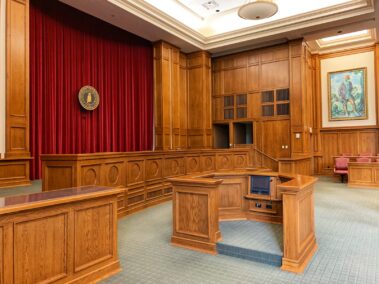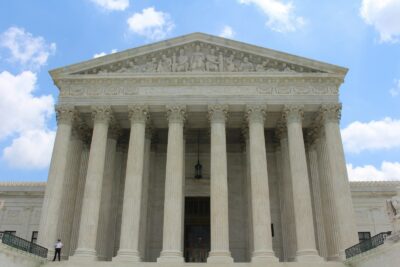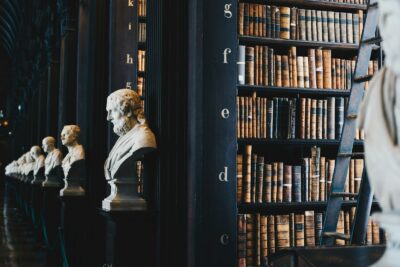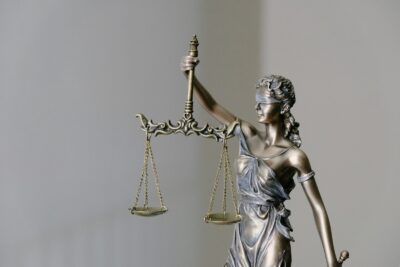Exploring Fair Use Principles in Copyright Law
Understanding the Concept of Fair Use
Fair use is a fundamental principle in copyright law that balances the rights of content creators with the interests of users and society at large. It allows for the limited and transformative use of copyrighted materials without the need for permission from or payment to the copyright holder. Fair use considerations take into account various factors, including the purpose and character of the use, the nature of the copyrighted work, the amount and substantiality of the portion used, and the effect of the use on the potential market for or value of the copyrighted work.
Determining whether a particular use qualifies as fair use requires a nuanced analysis of these factors in the context of specific circumstances. The purpose and character of the use, for example, assess whether the use is transformative, such as for criticism, commentary, news reporting, teaching, scholarship, or research. Transformative uses that add new meaning or value to the original work are more likely to be considered fair use.
Moreover, the nature of the copyrighted work examines whether the work is factual or creative in nature. Factual works are afforded less protection under copyright law than creative works, as they contain information that is in the public domain or based on observable facts. Additionally, the amount and substantiality of the portion used consider how much of the work is used and whether the portion used is significant or central to the original work.
Navigating Fair Use Considerations in Content Usage
Fair use considerations play a crucial role in guiding content creators, educators, and businesses in their use of copyrighted materials. For content creators, understanding fair use principles enables them to make informed decisions about how to protect and monetize their creative works while respecting the rights of others. By leveraging fair use exemptions, creators can incorporate existing works into their own creations, fostering innovation and artistic expression.
Educators also benefit from fair use provisions, as they allow for the use of copyrighted materials in classroom instruction and educational materials. Fair use enables educators to enrich their teaching materials with excerpts from copyrighted texts, images, and multimedia content, enhancing the learning experience for students without infringing on copyright holders’ rights. Additionally, fair use promotes the dissemination of knowledge and the advancement of scholarship by facilitating the sharing of information and ideas in academic settings.
Businesses and organizations must also navigate fair use considerations when utilizing copyrighted materials in their operations. From marketing campaigns to product development, businesses often incorporate existing works into their creative endeavors. By conducting fair use analyses and obtaining legal counsel when necessary, organizations can ensure compliance with copyright law while leveraging the benefits of fair use exemptions to support their commercial activities.
The Role of Fair Use in Promoting Creativity and Innovation
Fair use is not only a legal doctrine but also a catalyst for creativity, innovation, and free expression. By providing a framework for the lawful use of copyrighted materials, fair use empowers individuals and organizations to engage in transformative activities that contribute to the cultural and intellectual enrichment of society. From parody and satire to remixes and mashups, fair use fosters a vibrant ecosystem of creativity and collaboration across diverse media and disciplines.
Moreover, fair use encourages the free exchange of ideas and the democratization of knowledge by removing barriers to access and dissemination of information. It enables individuals to engage with copyrighted materials for purposes of criticism, commentary, and public discourse, facilitating meaningful dialogue and debate on important social, political, and cultural issues. Additionally, fair use promotes cultural diversity and inclusion by allowing for the exploration and celebration of diverse voices and perspectives in creative expression.
In conclusion, fair use is a cornerstone of copyright law that promotes the balance between the rights of copyright holders and the interests of users and society. By providing flexibility and exemptions for transformative uses of copyrighted materials, fair use fosters creativity, innovation, and the advancement of knowledge and culture in Saudi Arabia, UAE, and beyond.
—
#FairUse, #CopyrightLaw, #ContentUsage, #TransformativeUse, #EducationalMaterials, #BusinessPractices, #Creativity, #Innovation, #FreeExpression, #CulturalEnrichment, #LegalDoctrine, #SocialDialogue























